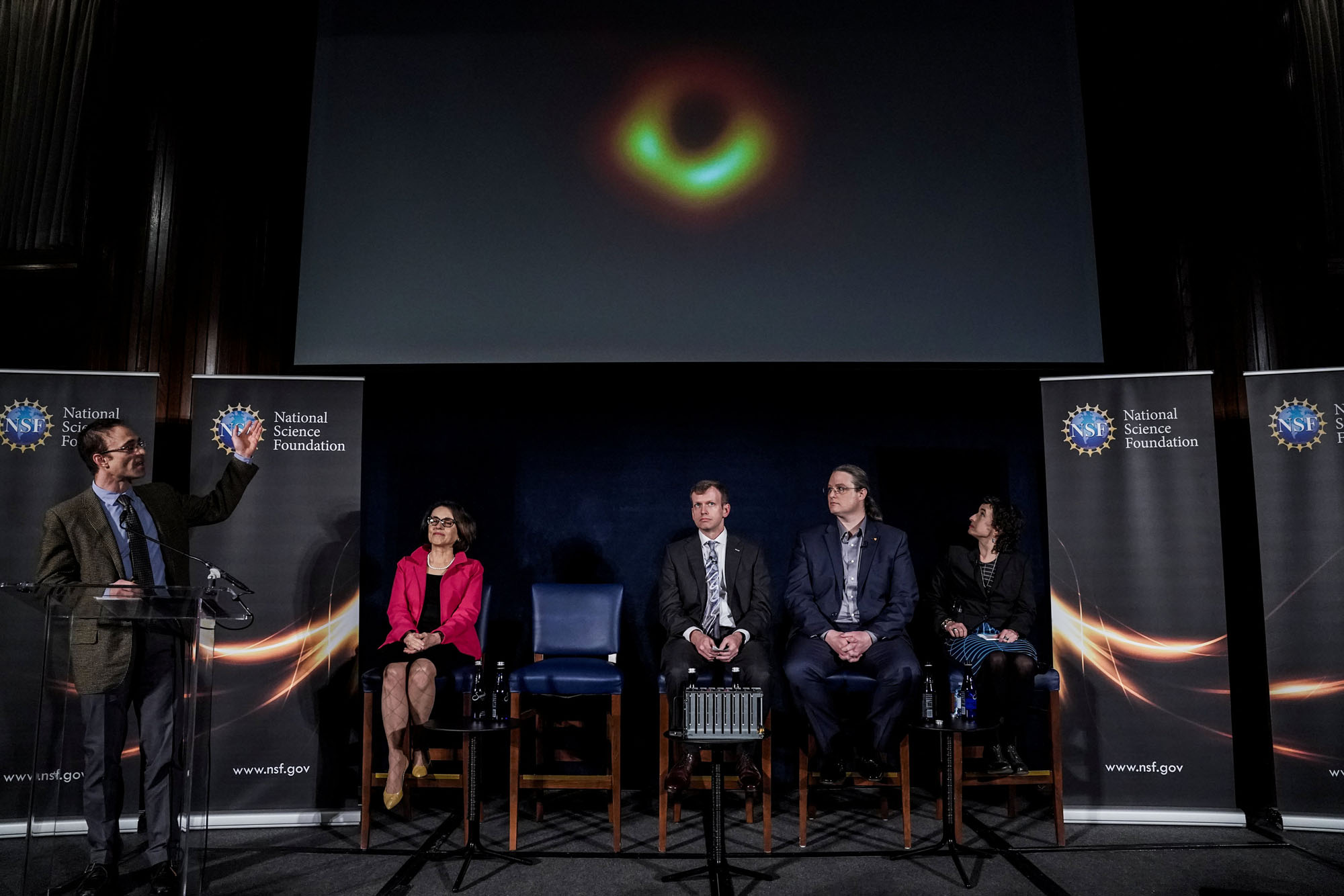Albert Einstein would have been pleased, but maybe also a bit surprised, by this week's release of the first ever close-up image of a supermassive black hole. Early speculation about black holes fell straight from Einstein's 1915 theory of general relativity, but the great scientist himself thought the idea was a little too weird to manifest itself in the actual universe.
He assumed it was an artifact of the mathematics, said physicist Daniel Kennefick, co-author of "An Einstein Encyclopedia" and the upcoming "No Shadow of Doubt." In correspondence with French physicists in the 1920s, Einstein dismissed the idea that something could collapse forever, reaching a point of infinite density and trapping even light. (They didn't use the term black hole, which didn't catch on until the 1960s.)
Kennefick said it required scientists to get over a few mental barriers to recognize that real black holes lurk out there, including the monstrosity in the new image, with an estimated mass equivalent to 6 billion suns. The doughnut-shaped glow of the image was not the actual black hole but delineated a kind of shadow of the region known as the event horizon, inside of which even light can't escape. The event horizon is about as wide as our solar system, but the mass of all those suns may be packed inside of a speck.

















With your current subscription plan you can comment on stories. However, before writing your first comment, please create a display name in the Profile section of your subscriber account page.